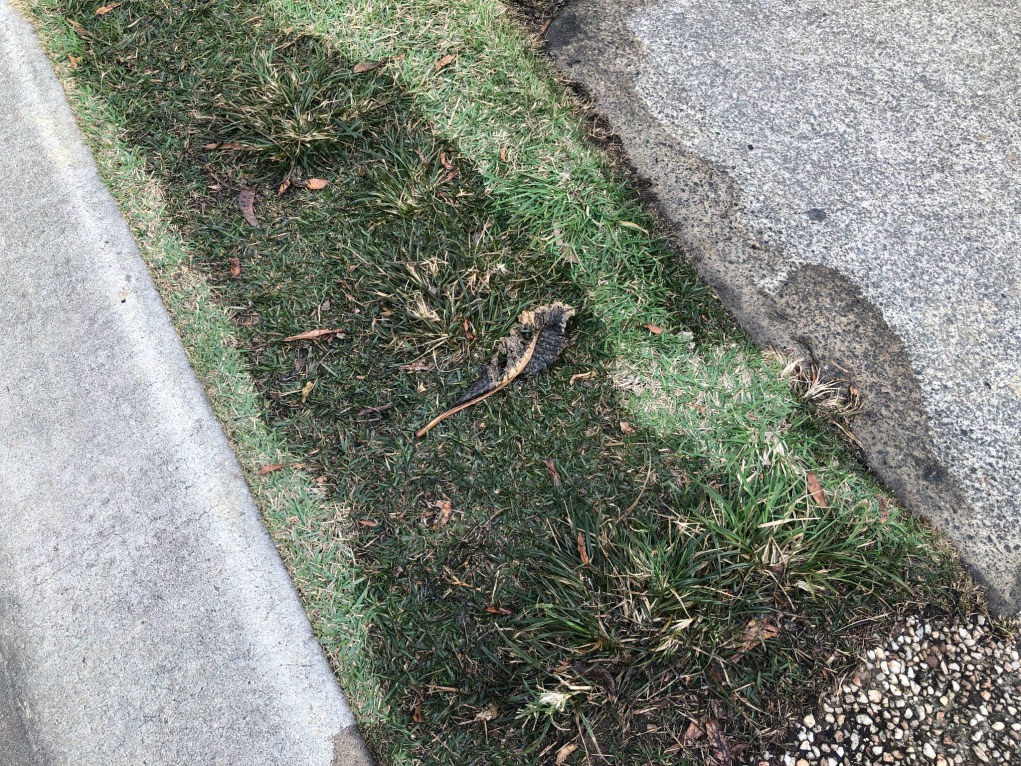How to Locate as well as Repair Water Leaks-- A Comprehensive Overview
How to Locate as well as Repair Water Leaks-- A Comprehensive Overview
Blog Article
What are your opinions on Finding hidden leaks?

Early discovery of dripping water lines can alleviate a prospective catastrophe. Some little water leakages may not be noticeable.
1. Analyze the Water Meter
Every residence has a water meter. Examining it is a guaranteed way that aids you find leakages. For beginners, switch off all the water sources. Guarantee no person will certainly flush, use the faucet, shower, run the cleaning maker or dishwasher. From there, go to the meter and watch if it will certainly transform. Because no one is utilizing it, there ought to be no activities. That indicates a fast-moving leak if it moves. If you find no modifications, wait an hour or 2 as well as check back once more. This indicates you may have a slow-moving leak that can even be below ground.
2. Inspect Water Intake
Analyze your water bills as well as track your water intake. As the one paying it, you should observe if there are any kind of discrepancies. If you find sudden changes, in spite of your intake coinciding, it means that you have leaks in your plumbing system. Remember, your water bill ought to drop under the very same array every month. A sudden spike in your bill shows a fast-moving leakage.
Meanwhile, a steady rise each month, despite the exact same practices, reveals you have a sluggish leak that's likewise slowly rising. Call a plumber to thoroughly check your residential property, specifically if you really feel a warm area on your floor with piping below.
3. Do a Food Coloring Examination
30% comes from bathrooms when it comes to water consumption. Examination to see if they are running properly. Decrease flecks of food shade in the tank as well as wait 10 minutes. There's a leak in between the tank and also bowl if the shade somehow infiltrates your bowl throughout that time without flushing.
4. Asses Outside Lines
Don't neglect to examine your outside water lines too. Should water leak out of the link, you have a loosened rubber gasket. One tiny leak can lose tons of water and spike your water bill.
5. Analyze the circumstance and also inspect
Home owners should make it a routine to examine under the sink counters and also inside closets for any bad odor or mold development. These 2 warnings indicate a leak so timely focus is required. Doing routine assessments, also bi-annually, can save you from a major problem.
Inspect for stainings and also compromising as the majority of devices and pipes have a life span. If you presume dripping water lines in your plumbing system, do not wait for it to rise.
Early discovery of dripping water lines can alleviate a possible calamity. Some little water leakages might not be noticeable. Examining it is a proven means that aids you uncover leakages. One small leak can squander loads of water and also surge your water expense.
If you think leaking water lines in your plumbing system, do not wait for it to intensify.
How to Know If Your Home Has a Hidden Leak
Water Meter Reveals Inexplicable Water Usage
If you’d like to test whether or not there’s a leak somewhere in your home, you can do this using your water meter. Here is how to conduct the test:
Don’t use any water in your home for at least 30 minutes; this also means not turning on faucets or water-using appliances.
Go outside, and check your water meter for activity.
If your water meter shows that there was activity, even though no one was using any water, this proves that there is a leak in your home.Visible Mold or Mildew Growth
Leaks behind walls create moist, dark environments that allow mold and mildew to grow and thrive. Eventually, you might see mold growth forming on the wall closest to a hidden leak.
If mold is growing in an area that receives a high amount of moisture, such as a bathroom, it may simply be an indication that better ventilation is needed. However, if you see mold growth on a wall or the ceiling in an area where you would not expect, you probably have a hidden leak.
Musty, Mildew Odor
Sometimes you might not be able to see the mold or mildew that is growing as a result of a leak. However, the smell can give the problem away just as easily. If you catch a whiff of something musty, there’s a good chance that old water is collecting somewhere in your home that you can’t see.
Stained/Warped Walls, Ceilings, or Floors
When your home soaks up water, a variety of red flags can become visible, including ceiling stains, bubbling drywall, warped walls, and sagging floors. While these issues can be caused by excess humidity, they can also be signs that a pipe or plumbing connection has started leaking behind your walls.
Inexplicably High Water Bill
After a while, you get a general sense for what your water bill should be. If you own a pool or sprinkler system, your bill will tend to be higher during summer. However, if you receive a water bill that seems especially high, and you can’t figure out what caused it, then you may have a hidden leak somewhere that’s increasing your bill.
https://www.plumbingjoint.com/blog/2019/july/how-to-know-if-your-home-has-a-hidden-leak/

I'm just very enthusiastic about Hacks to detect leaks and I am assuming you liked the entire blog post. Kindly set aside a second to distribute this blog if you liked it. Thanks a bunch for your time. Visit again soon.
Report this page